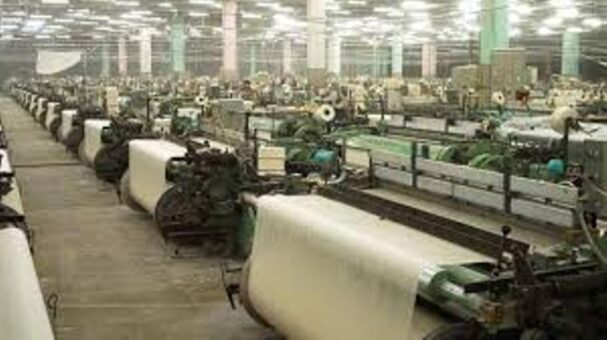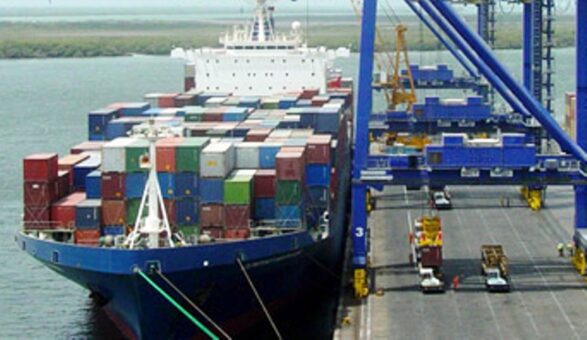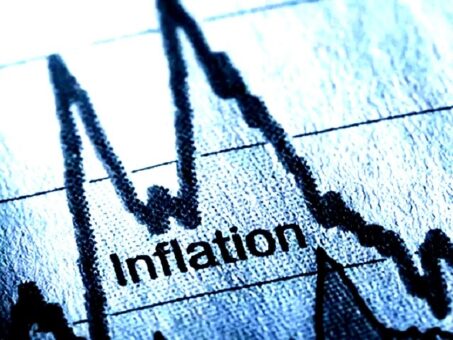KARACHI: The exports of textile products have witnessed sharp increase of 25 per cent to $11 billion during first seven months (July – January) 2021/2022 7MFY22, according to data of the Pakistan Bureau of Statistics (PBS) released on Wednesday.
The exports of textile products were $8.76 billion in the same months of the last fiscal year.
READ MORE: SBP expands export finance scheme to improve inflows
In Pak Rupee (PKR) terms, the same has clocked in at Rs1,861 billion, up 30 per cent YoY due to 4 per cent currency devaluation, analysts at Topline Securities said.
During 7MFY22, key export driver was increase in value-added exports where knitwear segment contributed the most as it increased by 33 per cent YoY to $2.9 billion followed by Ready-made garments (+22 per cent YoY to $2.2 billion) and Bedwear (+19 per cent YoY to $1.9 billion) exports, respectively.
On MoM basis, Pakistan textile exports is down 4 per cent to $1.5 billion in Jan-2022, led by lower value-added exports segments mainly in Knitwear (down 12 per cent MoM) and Ready-made garments (down 4 per cent MoM) respectively.
READ MORE: PHMA cries foul on gas suspension to textile industry
Compared to last year, Pakistan textile exports are up by 17 per cent YoY (29 per cent YoY up in PKR terms) in Jan-22 led by significant recovery witnessed in value-added segments, largely in knitwear (up 19 per cent YoY), Ready-made (up 17 per cent YoY) and Bedwear (up 21 per cent YoY).
Increased volumetric growth and improved pricing were the key drivers resulting in higher exports.
Going forward, the analysts expect textile exports to keep robust in ongoing FY22 fiscal year to clock in at $18.5-19 billion.
Ease of lockdown in European economies is likely to drive increased orders and help overall textile exports, the analysts added.
The Federal Cabinet on February 15, 2022 has finally approved the Textile and Apparel Policy 2020-25, after Ministry of Commerce (MoC) submitted the revised draft of textile policy to Economic Coordination Committee (ECC) incorporating few amendments.
READ MORE: Textile exporters urge allowing cotton import from India
The key reason behind the late approval was the dispute between MoC and Energy Ministry on the issue of Energy Tariffs (RLNG and Electricity).
As per reports, the updated draft stated that Energy Tariffs (RLNG and Electricity) will be provided to textiles and apparel industry at regionally competitive rates during the policy years. For this, tariff will be reviewed and announced in federal budget by Finance Division.
As per Pakistan Institute of Development Economics (PIDE), the average regional electricity tariff rate stood at 7.4 cents/kWh in Mar-21, which we believe has likely increased since than. Pakistan’s current electricity tariff is around 9 cents/Kwh.
READ MORE: Gas shortage created purposely for using RLNG: KCCI
In case of RLNG, the average regional RLNG rate stood at $4/MMBTU as per PIDE as compared with Pakistan’s tariff rate at $6.5/MMBTU. The analysts believe the above stated textile policy will have a neutral impact on the sector. Given, Pakistan is already offering subsidized energy & RLNG tariffs to textile players and Pakistan being part of an IMF program, a further reduction from the current levels is highly unlikely.
RLNG tariff is expected to remain intact at $6.5/MMBTU level although regional average is comparatively low. To note, RLNG is currently being provided at $9/MMBTU to textile sector till March-22 due to supply issues.



